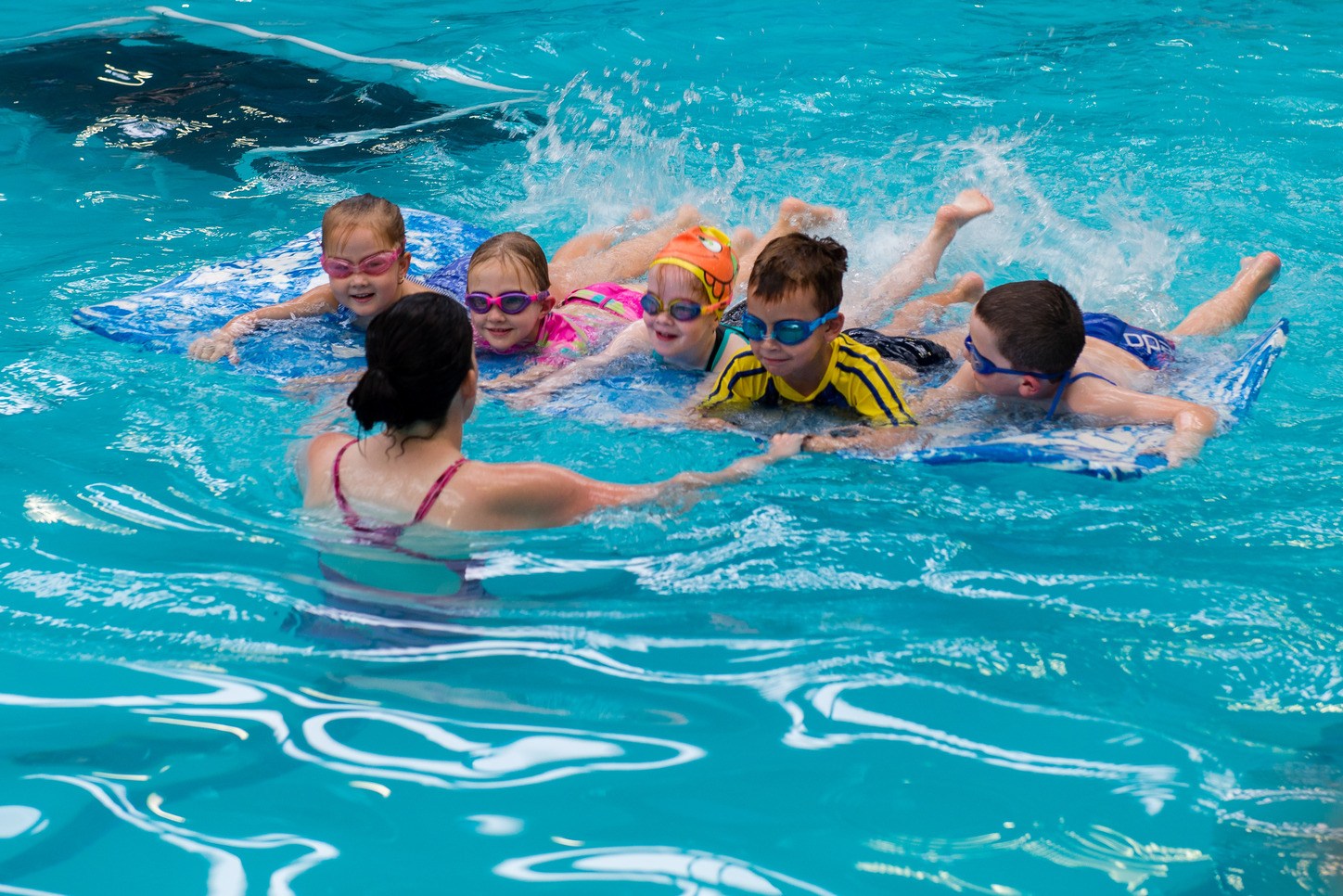
Please choose a body region on the right for you to pin point the problem area of your body.

Shop by Condition

Shop by Brand
Our age-by-age guide to water lessons, games, and safety.

Tempted to rush out and sign up your little one for swimming lessons this summer? That's a smart move -- if he's old enough. The American Association of Pediatrics recommends that parents hold off on formal swimming lessons until after their child's fourth birthday, when he's developmentally able to learn the skills needed to stay afloat. Until then, consider a parent-child program that focuses on water games, swimming-readiness skills, and safety in and around the pool. Along with age, take your child's experience and comfort with water into account before you sign up for any class. "While no course can 'drownproof' a child, a progressive learn-to-swim program can provide your child with skills that will last a lifetime," says Connie Harvey, national health-and-safety expert for the American Red Cross. Here's how to help your child take to the water like a fish.
Lessons
At this age, you simply want to introduce your child to the water. You can play in the pool with her yourself or join a class that's about having fun and getting comfortable in the water -- not learning to swim. Activities may include showing her how to splash, singing songs while bobbing around, and playing gentle games together.
Safety Savvy
Lessons
Your curious tot will be more active in the water -- though he will definitely still need you or another adult to hold him. In your pool or swimming program, play fun games that require him to move his arms (throw a ball across the pool and have him reach for it, for example), kick his legs, and float supported on his stomach or back. Show him how to blow bubbles in the water so he'll learn to get his face wet without swallowing water. By the time he's 3, he may be able to do many of these things with little help from you.
Safety Savvy
 The Best Reusable Swim Diaper! Sosecure Swim Containment Brief is for children that are still being potty trained and older children dealing with incontinence
The Best Reusable Swim Diaper! Sosecure Swim Containment Brief is for children that are still being potty trained and older children dealing with incontinence Lessons
Now that your child is developing the coordination necessary to learn to swim by herself, you can enroll her in formal swimming lessons. If she doesn't have much experience in the water, look for a program that helps her get comfortable. You may be able to take part in her first class to make the transition easier for her. In the shallow water, she should be able to learn how to float independently, submerge her head under the water for five to ten seconds, go from a standing to a swimming position without assistance, glide through the water, and use coordinated kicking and arm movements. She should learn water safety as well as water skills.
Safety Savvy
Lessons
An older child can hold his breath for longer periods of time, swim underwater, and retrieve objects at the bottom. He will be able to jump into the water and resurface on his own. He can start learning all of the swimming strokes, including the breast- and backstroke. His greater endurance will allow him to swim longer distances. At this point, you don't have to be in the water with your child, but you still need to supervise pool activities, as he might overestimate his abilities.
Safety Savvy
By Kourtney Eidam
| Stay Connected! | |
|
Related Articles
Get $10 off your next order when you sign up to receive our email newsletter.*
Simply enter your email address below!
*Minimum order value of $100. Valid email address to qualify.







